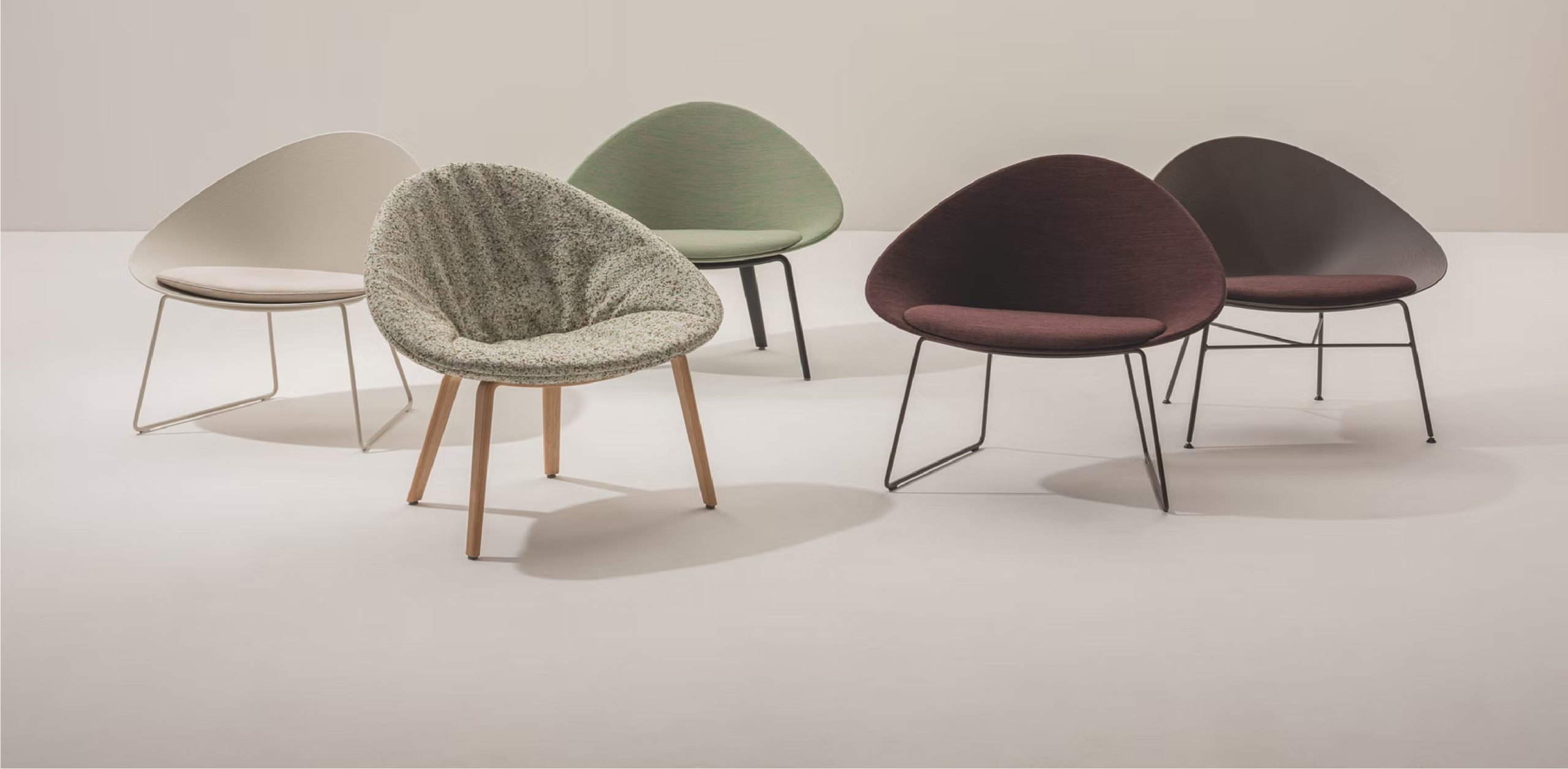Architects: Want to have your project featured? Showcase your work through Architizer and sign up for our inspirational newsletters.
Increasing costs associated with burial, shortage of cometary spaces, decreasing religious restrictions and eco-consciousness have now prompted more and more people to think about cremation instead of being buried after their passing. The process is often found to be more affordable and less time-consuming; the ashes can be divided among families to store in an urn, bury or release into the water. While the ceremony was traditionally more popular in Hindu and Buddhist cultures, the practice is now used across the world.
In the early days, cremation consisted of a large pyre in an open ground where families gathered to say goodbye to their lost ones. Now, modern crematoriums offer electric cremation options set within gathering spaces that are designed to be respectful towards those lost and to encourage introspection in the friends and family. These buildings go beyond catering to the functional needs of the space to create a transcendental environment that is conducive to emotional healing.
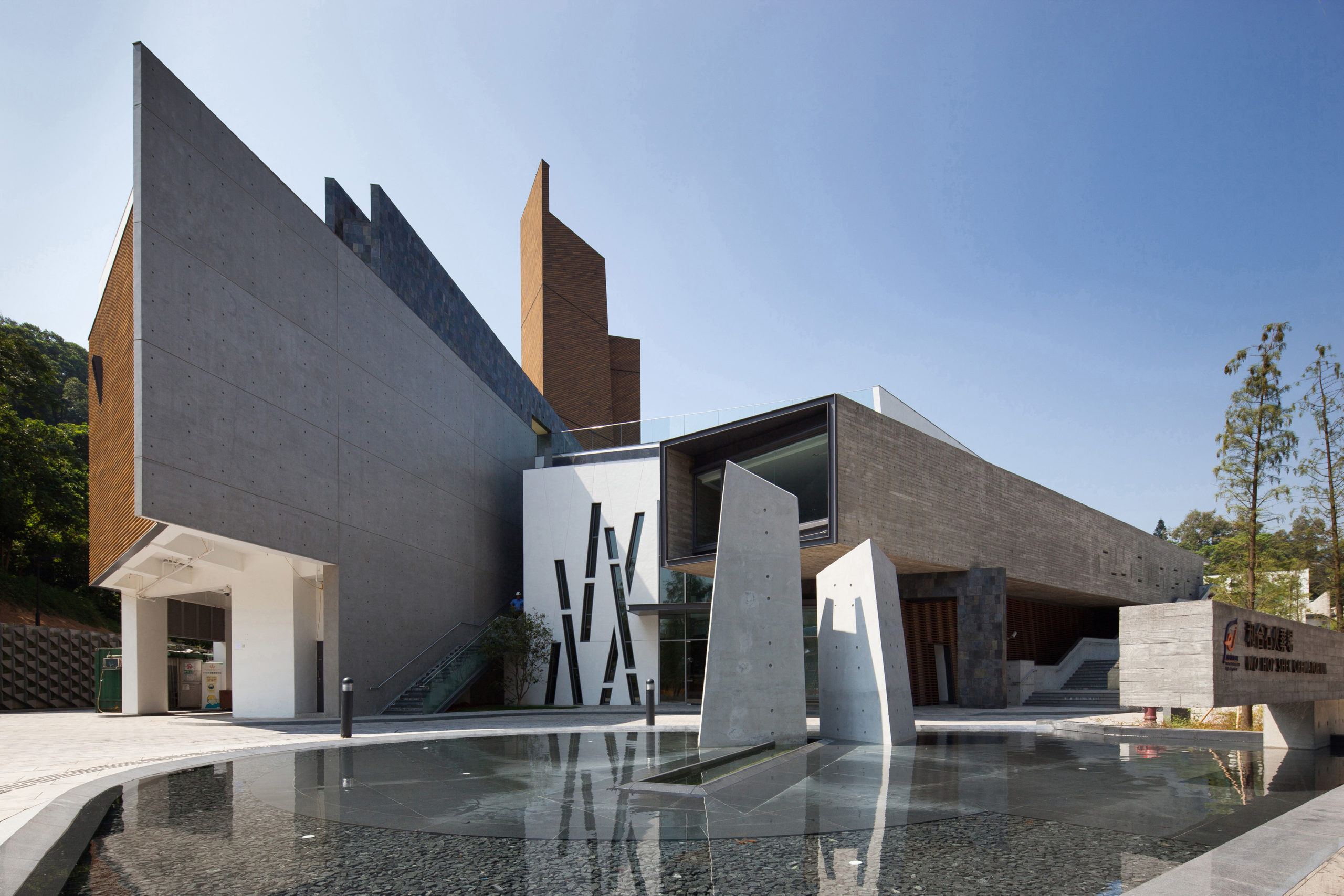
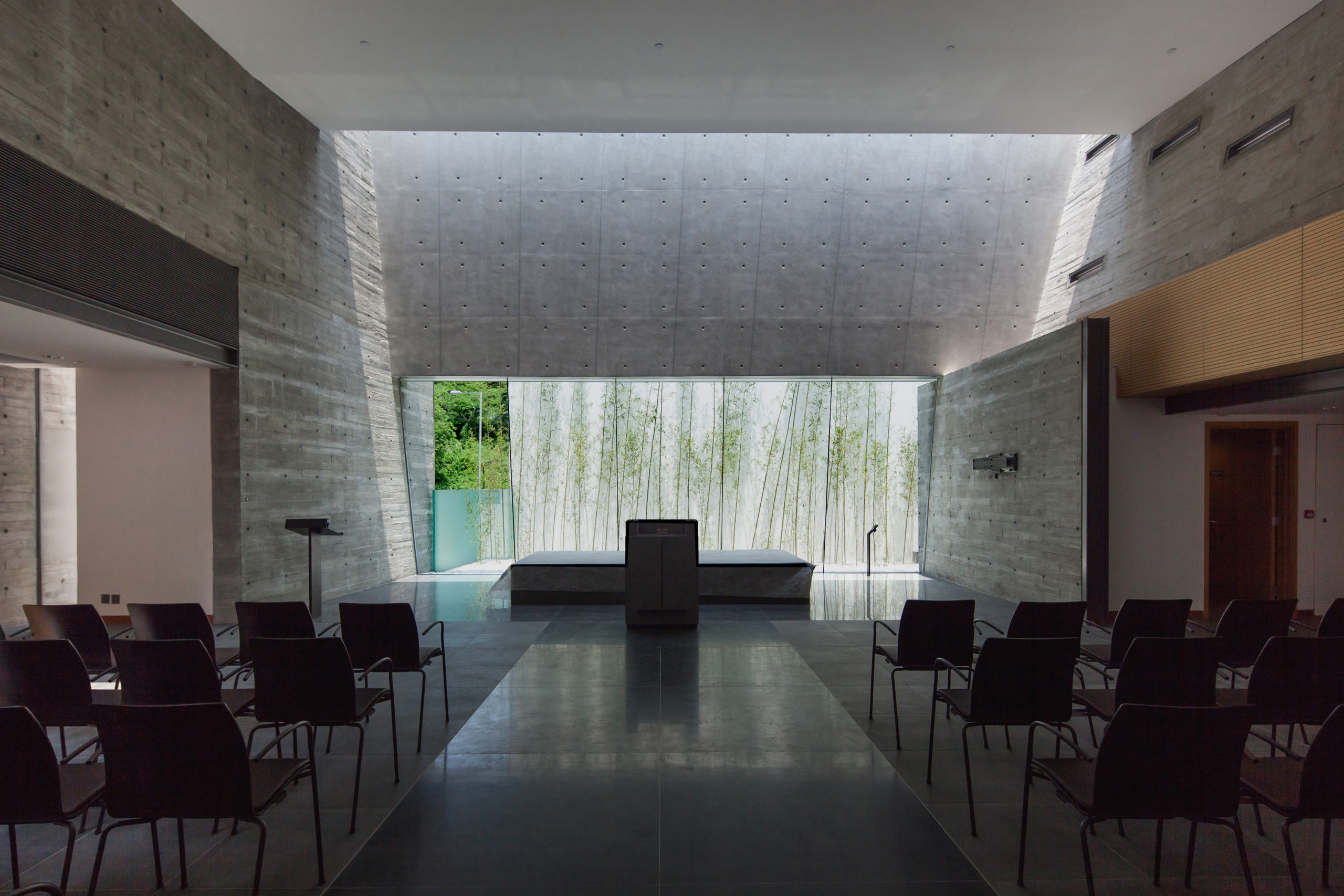 Crematorium in Wo Hop Shek by Architectural Services Department, Hong Kong
Crematorium in Wo Hop Shek by Architectural Services Department, Hong Kong
Popular Winner, 2016 A+Awards, Government & Municipal Buildings
This project not only prioritizes the essential functions of a crematorium but also the emotional needs of the deceased’s family and friends. It is articulated as a series of geometries, tones and textures that come together in an abstract composition. Visitors are greeted by a small water body when they enter the complex. When in the ceremony room, bamboo plants stand behind the altar given their significance in Chinese traditions. From there, visitors are led to a central garden or a tiled lawn that provides a space for them to be one with their emotions. The garden also has a soothing waterfall with bubbles appearing in the center to symbolize birth.

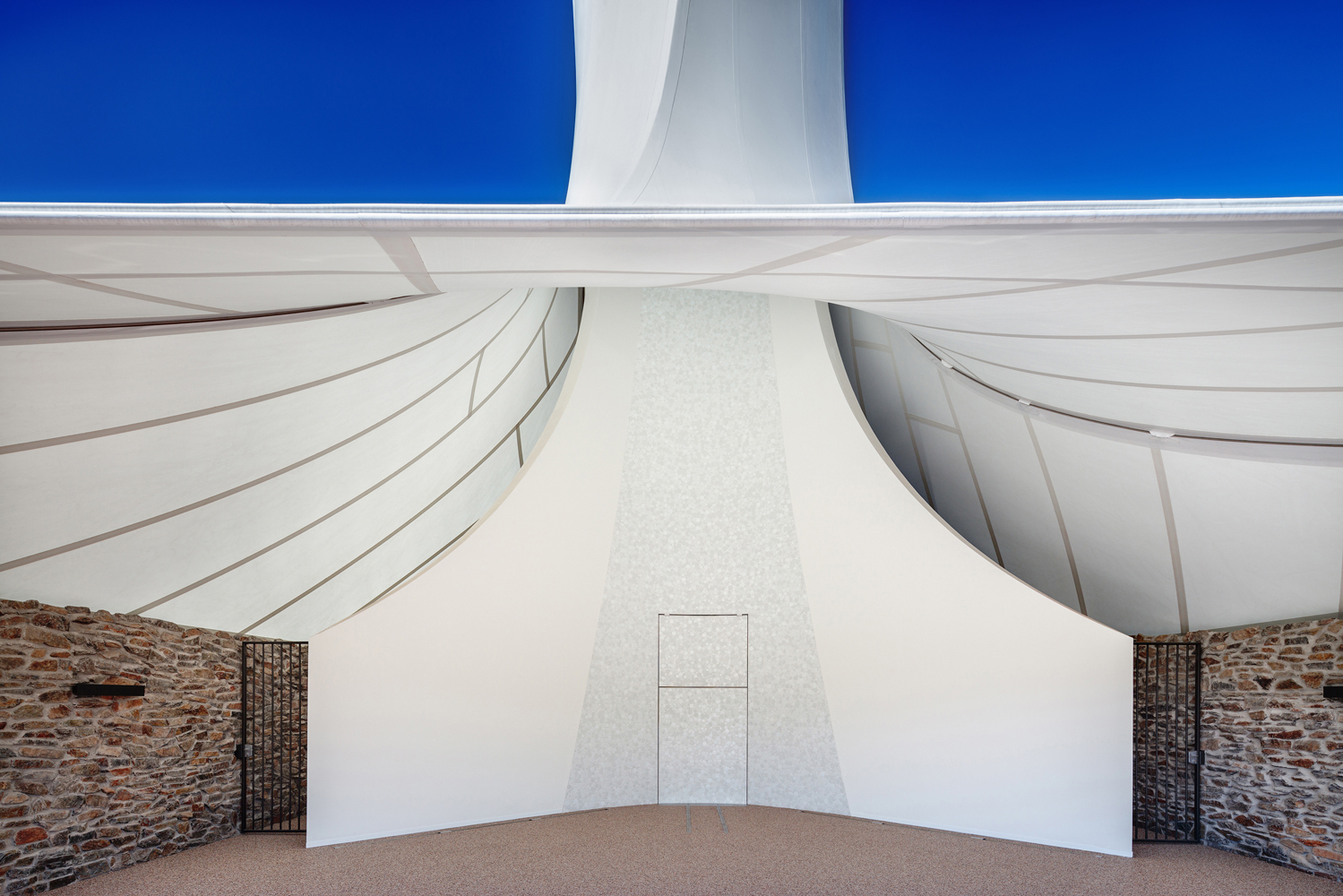
Images by Digidaan
Zorgvlied Crematorion by GROUP A, Amsterdam, Netherlands
The crematorium is a funnel-like building that allows people to accompany their loved ones up to the cremation furnace. It has a stone base with a lighter form that covers it like a tent. The contrast between the two materials represents the anchoring earth and the uncertain heavenly journey. A large opening on top is oriented toward the sun and guides light to the forecourt where it falls upon a glass mosaic. The firm planned the space in a way that the cremation area is separate from the main auditorium. This design decision allows family members to have the parting ceremony either on-site or even in the privacy of their own homes, independent of the cremation process. The accompanying members are also given a choice of leaving the casket in the forecourt or accompanying it to the furnace and even observing as it enters the furnace.
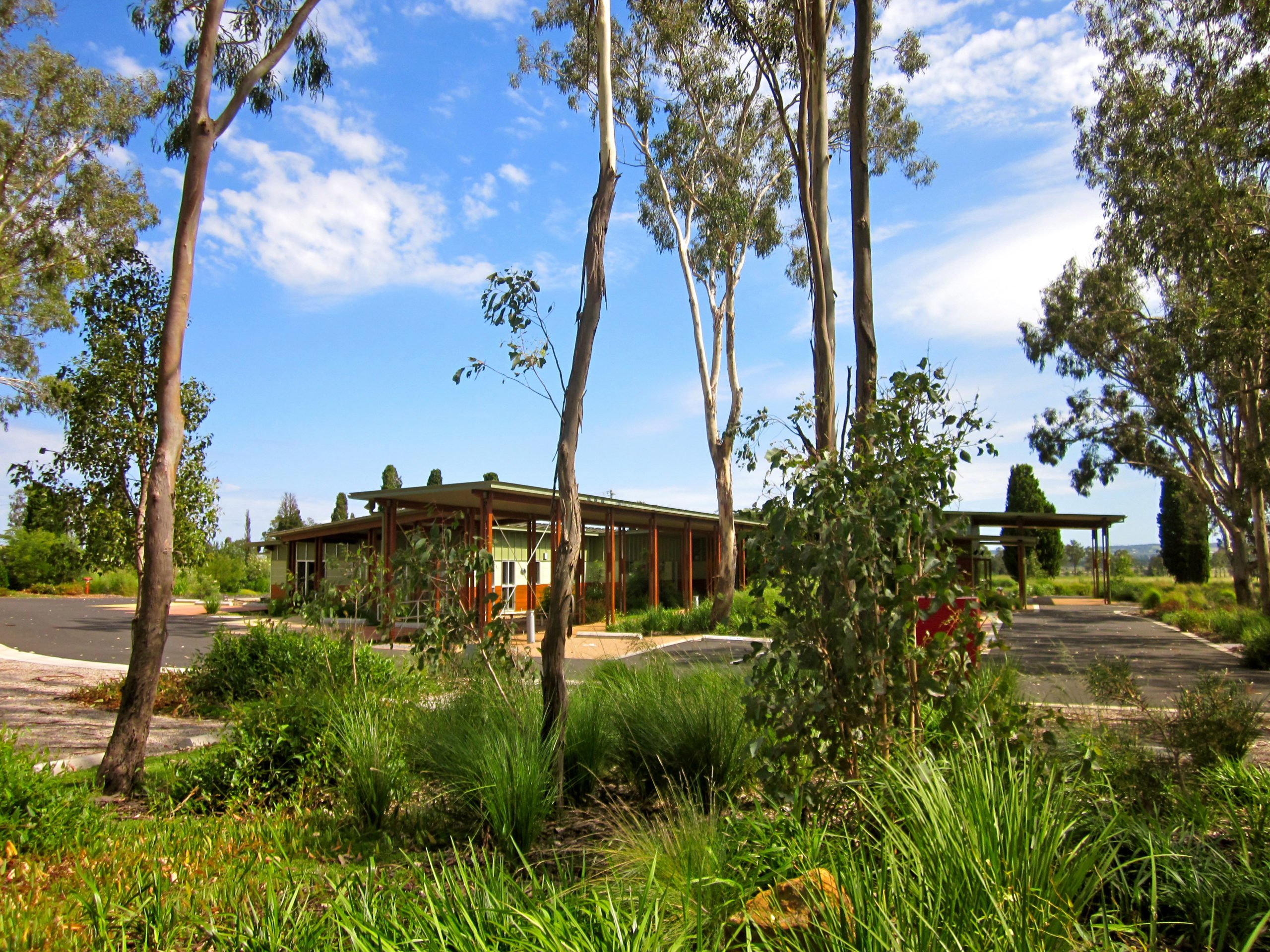
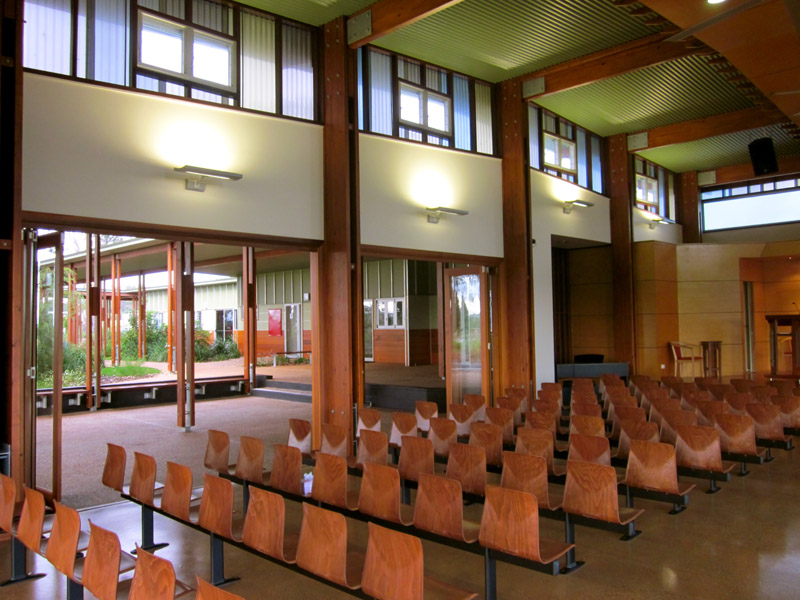 Kingaroy Crematorium by HMA Architects, Kingaroy, Australia
Kingaroy Crematorium by HMA Architects, Kingaroy, Australia
The Kingaroy Crematorium is set within a landscape of poplar and eucalyptus trees. Its indoor spaces blend into the outdoors with the help of translucent clerestories and openings. A cross-shaped corridor separates this space from the service and process area. The openness of the structure and non-denominational spaces welcome all and are especially significant for those who have a strong connection with the land. The greenery around helps create a comforting sanctuary to support those in their times of grief and mourning.
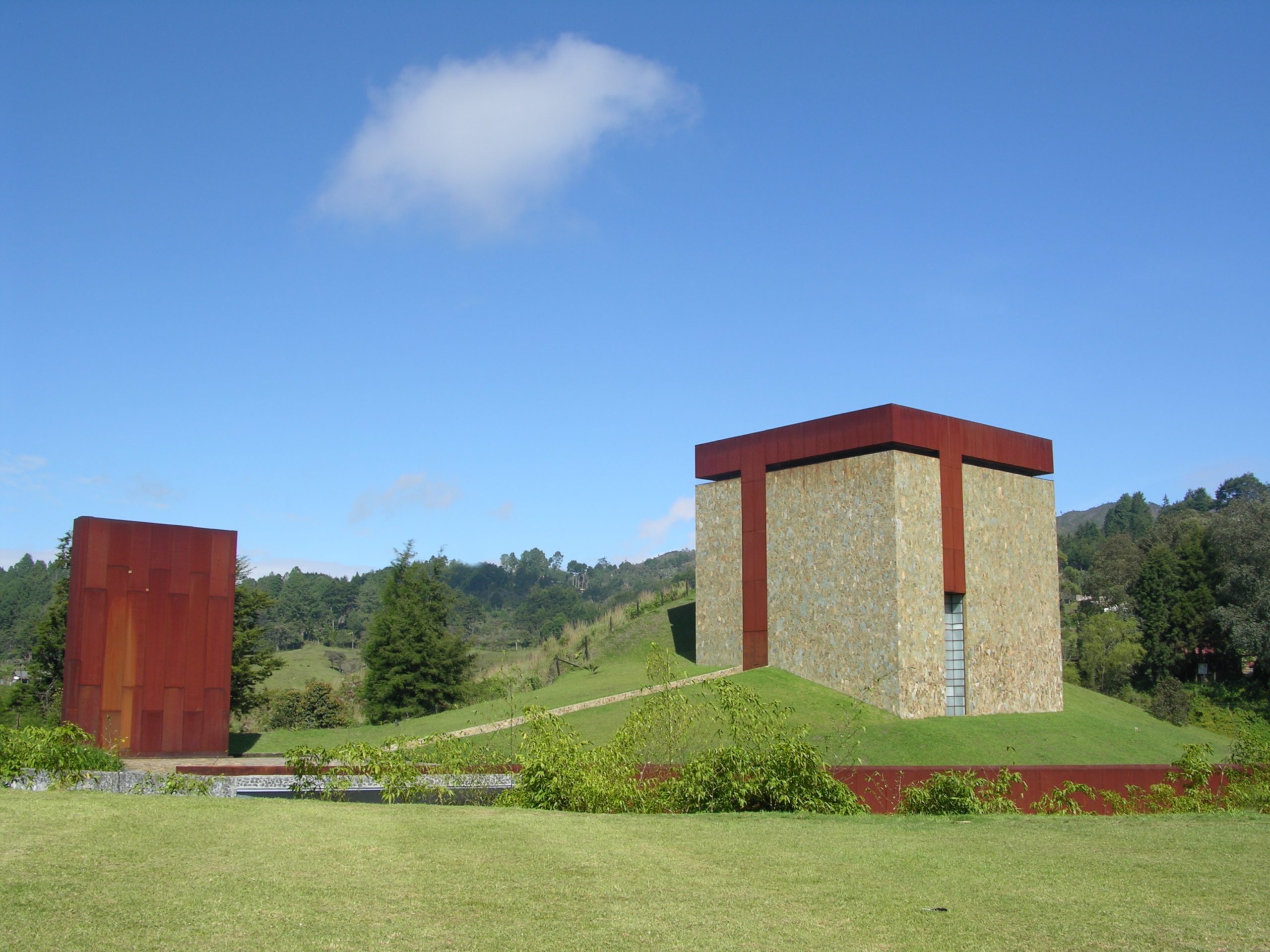
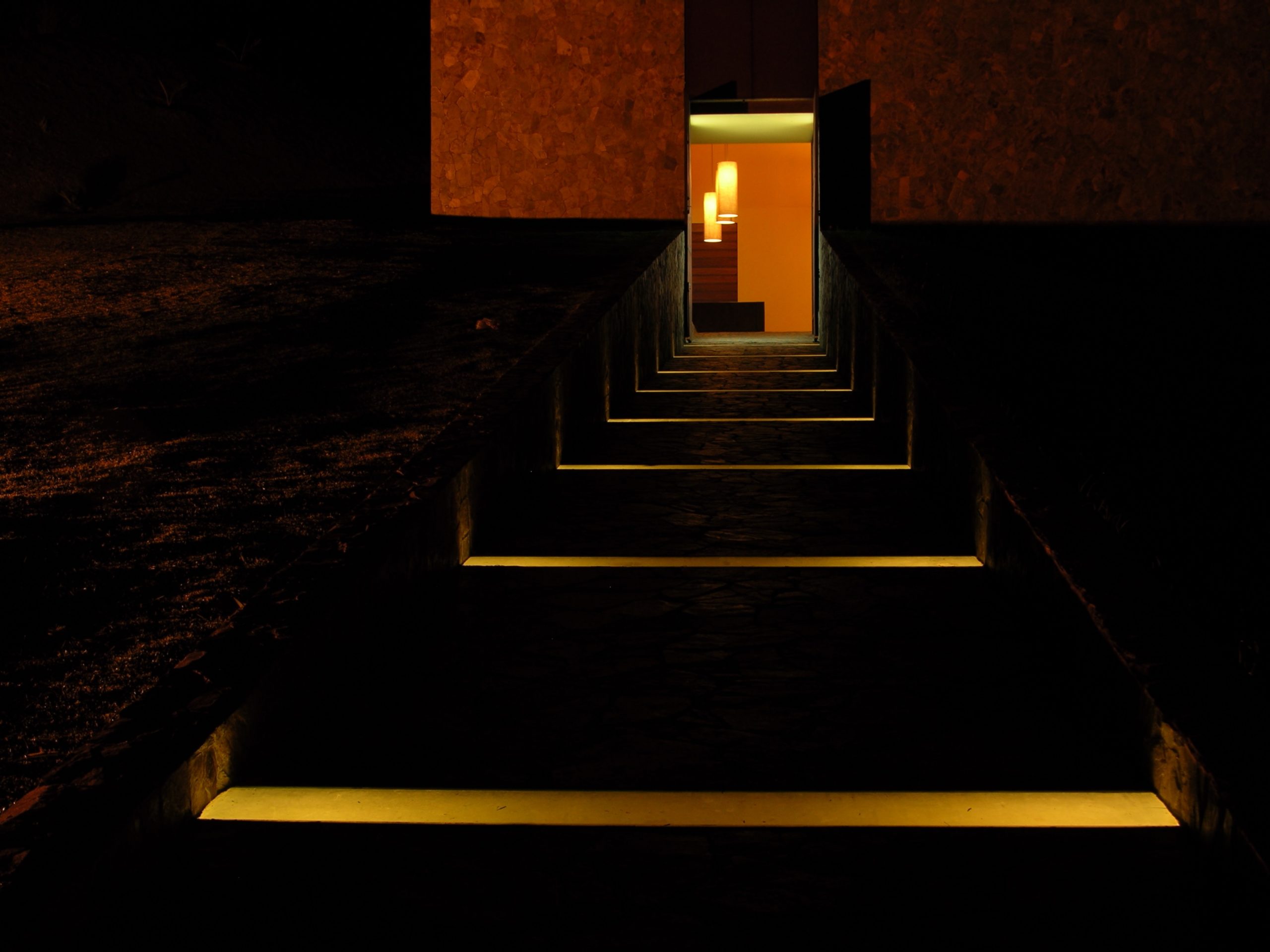 Rituals Crematorium by UdeB+ arquitectos, Guarne, Colombia
Rituals Crematorium by UdeB+ arquitectos, Guarne, Colombia
The firm went about changing the perception of a cemetery and crematorium by choreographing movement through architecture that also acts as sculpture. After entering the parking lot, people can take a bridge through the garden and over a water channel to reach the ceremony square flanked by water. It also has a metallic sculpture that covers the chimneys of the cremator. On one side, there is also a ramp that leads to the temple doors. This ramp also conceals the tunnel used to move the bodies from the ceremony area to the furnace. The temple area has a series of cylindrical pendant lights suspended from the ceiling to give it height. Natural light also filters in through cracks in the side.
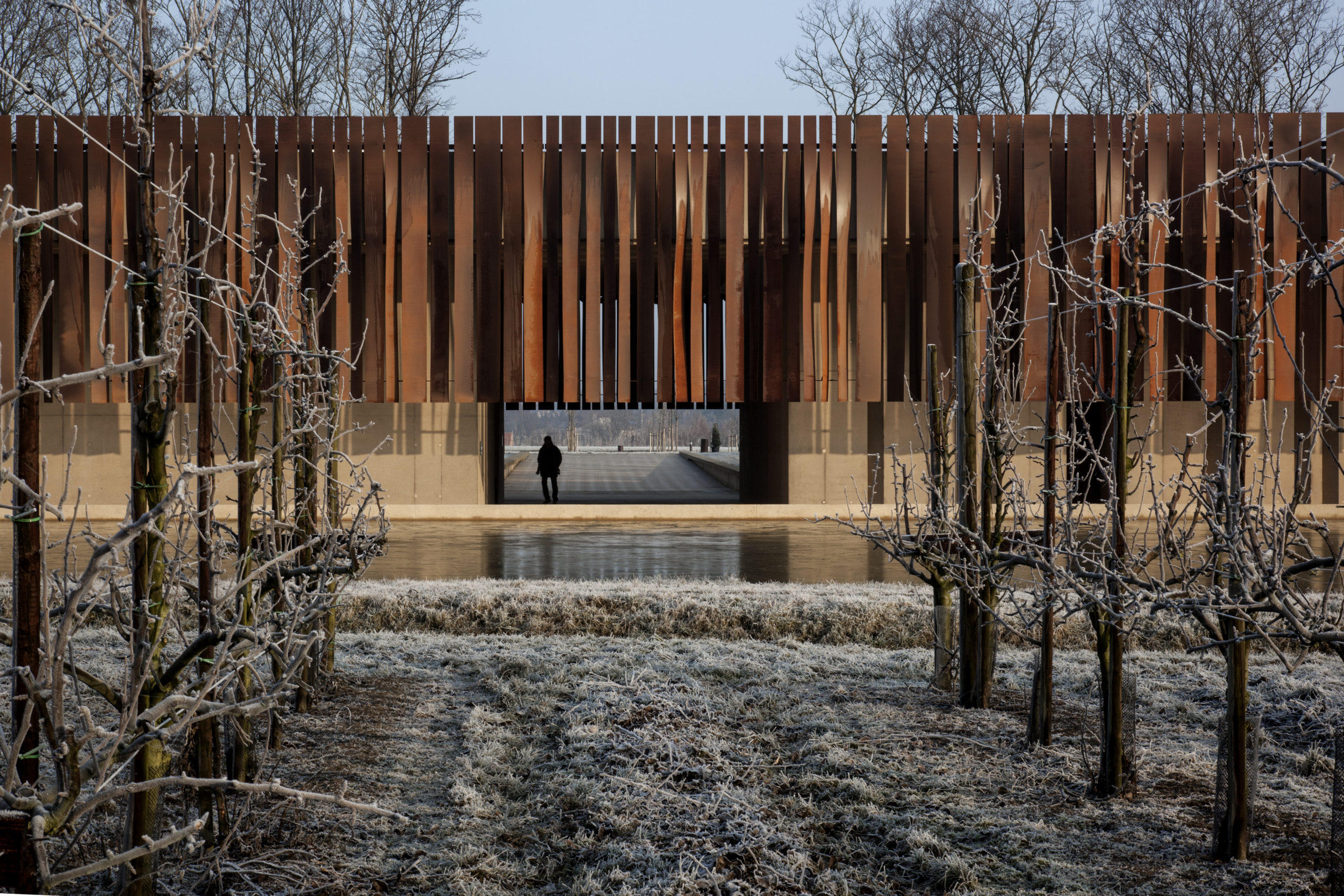
 Crematorium Hofheide by Coussée & Goris architecten and RCR Arquitectes, Holsbeek, Belgium
Crematorium Hofheide by Coussée & Goris architecten and RCR Arquitectes, Holsbeek, Belgium
Jury Winner, 2016 A+Awards, Religious Buildings & Memorials
A surrounding swamp acts as a backdrop for the Crematorium Hofheide. Visitors can walk across a path through these shallow waters to the main ceremony building. An open pavilion-like form is used instead of a more traditional building to leave more room for people to accept and express their emotions within nature. The structure is enveloped by a fringe-like layer that falls halfway down from the roof. The gathering space takes on a more somber tone with a large skylight coming down in the center, acting as a spotlight. The corridors inside also have slits on the sides to allow light to enter the space. The entire precinct contains the crematorium, a park as well as two cemeteries.

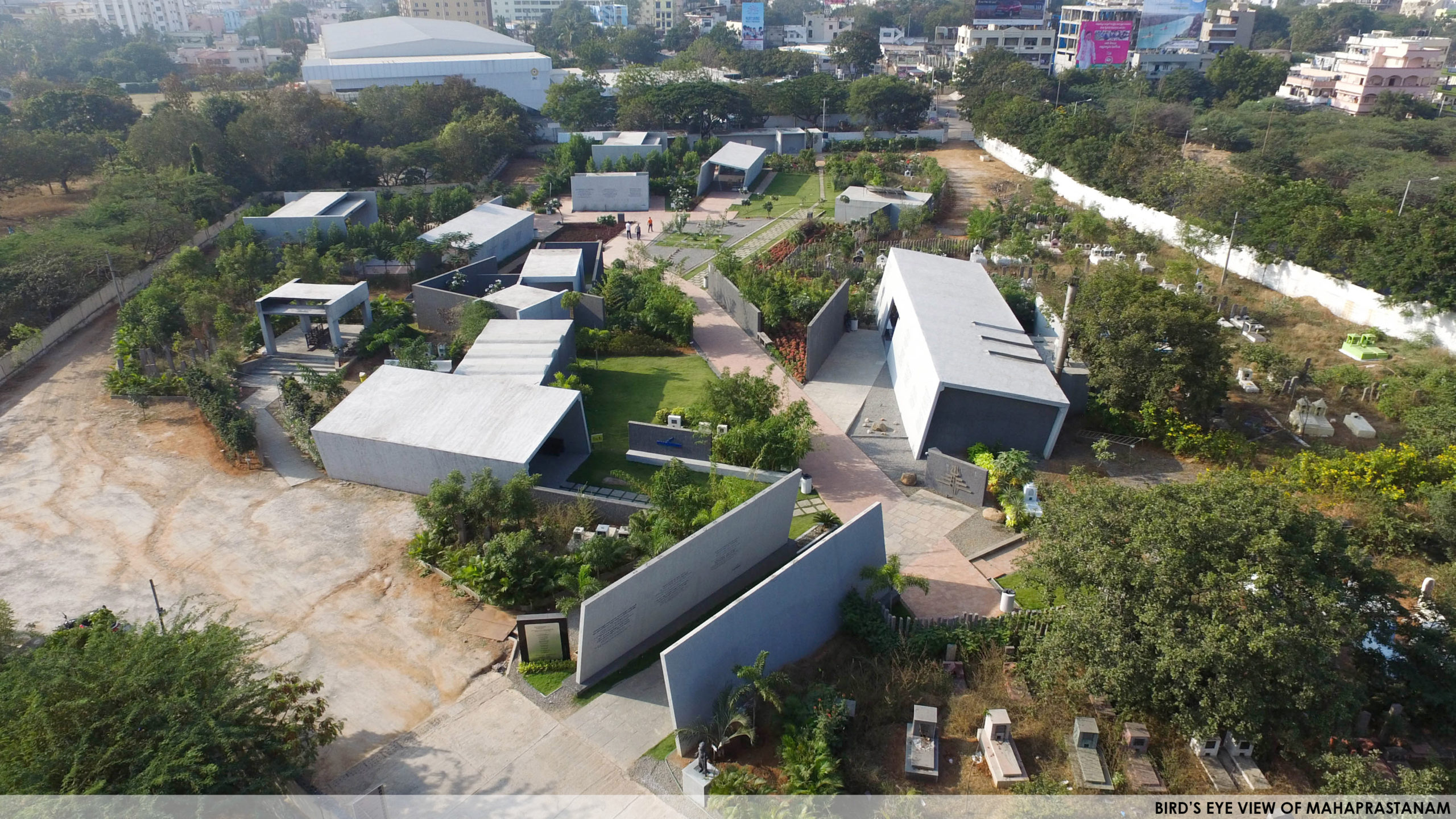 Mahaprasthanam by D A Studios, Hyderabad, India
Mahaprasthanam by D A Studios, Hyderabad, India
The brief asked the firm to accommodate a crematorium that supported Hindu rituals in an existing cemetery. This resulted in a series of open forms scattered around the entire site. The team used the five steps of the ritual process to guide this design: preparation, cremation, mourning, purification and commemoration. The pavilions are a space for consolation, the waiting halls to bow in honor, and the funeral pyre at the end to liberate the ones lost. These emotions are represented through form. For example, the structure holding the funeral pyre falls outwards and opens up to the sky. Scriptures from the Gita are also engraved into the angled precast concrete walls.
Architects: Want to have your project featured? Showcase your work through Architizer and sign up for our inspirational newsletters.
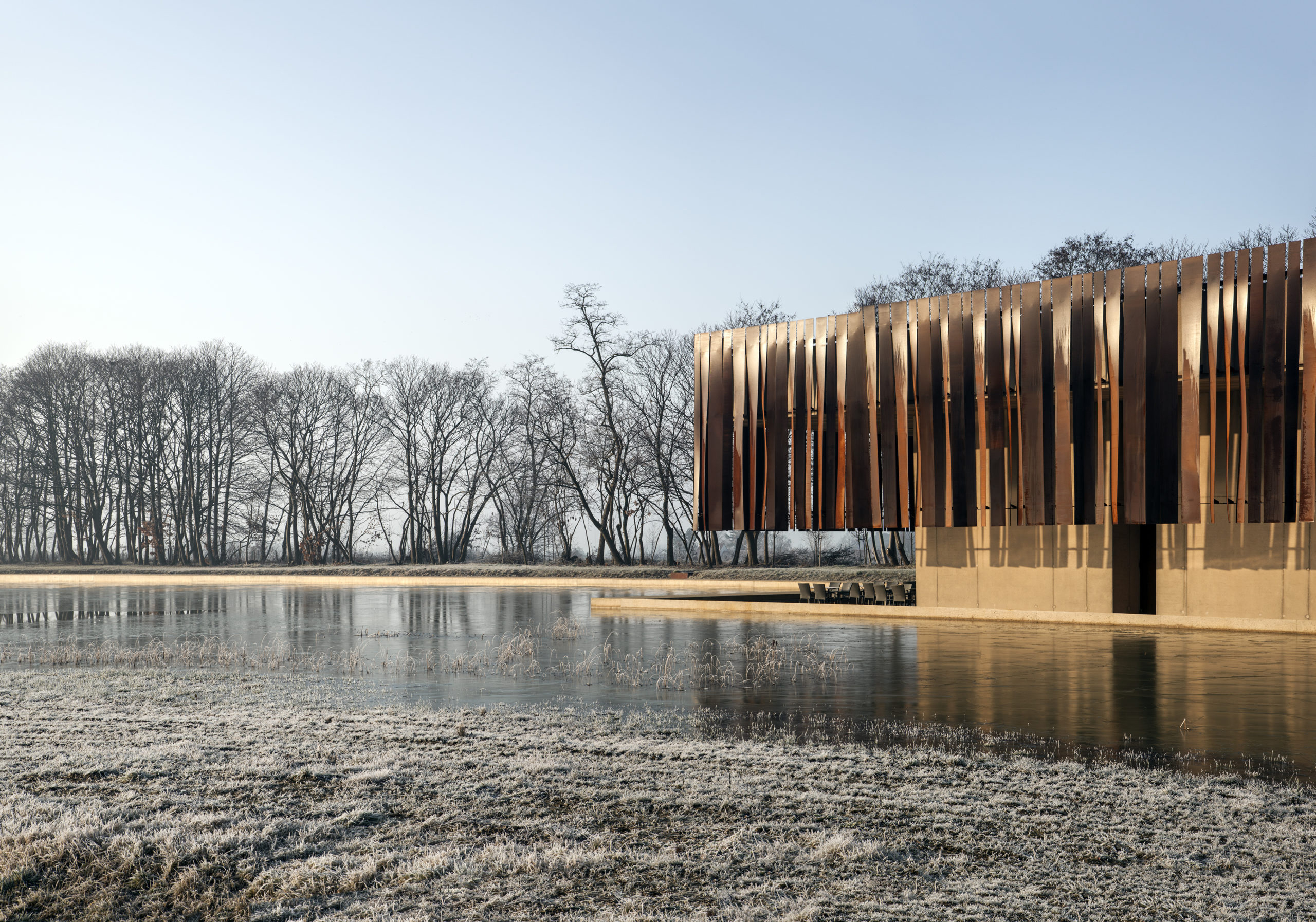





 Crematorium Hofheide
Crematorium Hofheide  Crematorium in Wo Hop Shek
Crematorium in Wo Hop Shek  Kingaroy Crematorium
Kingaroy Crematorium  Mahaprasthanam
Mahaprasthanam  Rituals Crematorium
Rituals Crematorium  Zorgvlied Crematorion
Zorgvlied Crematorion 